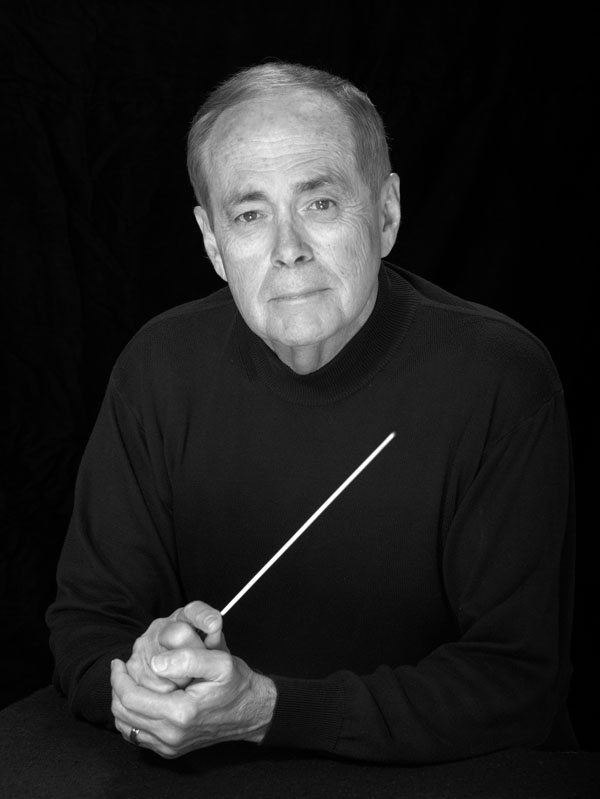Music World Stays Stable, Only Minor Rule Tweaks
By Richard Floyd, Music Director | Monday, August 27, 2012 3:19 PM
Walking the halls of the summer music conferences in San Antonio, one of the most common questions I hear is, “What’s new?” And, my response is generally, “Not much.”
You see UIL music operates in a very stable environment that remains sensitive to the priorities and expectations of the music programs and directors it serves. That is not to say that we don’t have problems and challenges that confront us on every level, but the basic structure of what we do in UIL music remains stable and consistent.
Much of the credit for this stability can be attributed to the network of communication that we enjoy throughout the state and the excellent work of the UIL/TMEA Music Advisory Committee that carefully reviews our rules, contest procedures and proposals for revisions. As a result our rule changes are minimal; however, there are two new options included in the 2012-13 UIL Constitution and Contest Rules that are worth mentioning.
First, for a number of years there has been a concern regarding the status of many 4A and 5A choir programs that struggle to amass a mixed varsity choir for UIL competition. These are programs where the student participation numbers are low, yet UIL rules require them to enter a varsity choir as their varsity group before other groups can be entered as non-varsity. In these situations, the potential for success is minimal.
Now, these programs will have the option to enter a treble choir as the varsity choir for the school. All other choirs from that school can enter non-varsity providing no personnel is duplicated. This option could remain in effect until the varsity treble choir receives a Division One rating in concert performance. Details regarding this rule can be found in the 2012-13 Constitution and Contest Rules, Section 1102 (j)(3).
In a similar provision, new music programs in band, choir and orchestra as well as programs in the process of rebuilding a viable music program may petition to enter non-varsity competition until such time that a Division One rating is earned in concert performance. Details regarding this rule can be found in the 2012-13 Constitution and Contest Rules, Section 1102 (j)(2).
In both cases, communication with the UIL State Music Office regarding these new options are always welcome: music@uiltexas.org or (512) 471-5883.
In the marching band world our rules remain static; however, two issues are worthy of mention. The first issue has to do with electronics. Technology and technological innovation change so rapidly that it is difficult to keep language current and relevant with regard to the use of electronic equipment.
For example, this last year we saw a dramatic increase in the use of digital samples. As a result the State Executive Committee was asked to provide us with a SEC interpretation that would address this practice. It reads as follows:
Electronic samples integrated into a UIL marching contest performance are considered to be digitally created musical effects as opposed to prerecorded music and are compliant with Section 1105 (4) of the C&CR if operated and controlled by a student.
While this interpretation does give us clearer guidance questions can and will arise. Directors who feel there is the possibility of an issue associated with the use of electronics should contact the UIL State Music Office immediately to determine if the planned use of technology will be compliant.
Marching band directors will also find that Executive Secretaries and contest chairs will be vigilant in making sure that the timing sequence as defined in the UIL Constitution and Contest Rules is followed this fall. In particular, there will be a concerted effort to ensure that the judges have a full five minutes between performances to complete comments, assign a rating and prepare for the next band. Directors should prepare their warm-up accordingly.
Finally marching band directors and school administrators are asked to take a thoughtful look at marching band schedules as the school year begins. The bottom line question must be, “Is the cumulative schedule for marching band in the best interest of our students?”
Please note that I chose my words carefully. The schedule may be optimum in terms of serving the multiple needs of the school, preparing for competitions and meeting the director’s goals, but does it best serve the students?
The Texas Music Educators Association Marching Band Philosophy statement includes the follow: TMEA believes when scheduling performances, events, and rehearsals, the music director must “recognize the importance of the total educational process and remain sensitive to each student’s needs in terms of academic pursuits, family life and extracurricular activities.”
Each one of us, director and administrator alike must step back, look at our schedules and ask ourselves if we are being true to this statement. To do any less is a disservice to our students, their education and the true role of music education in the public schools.








